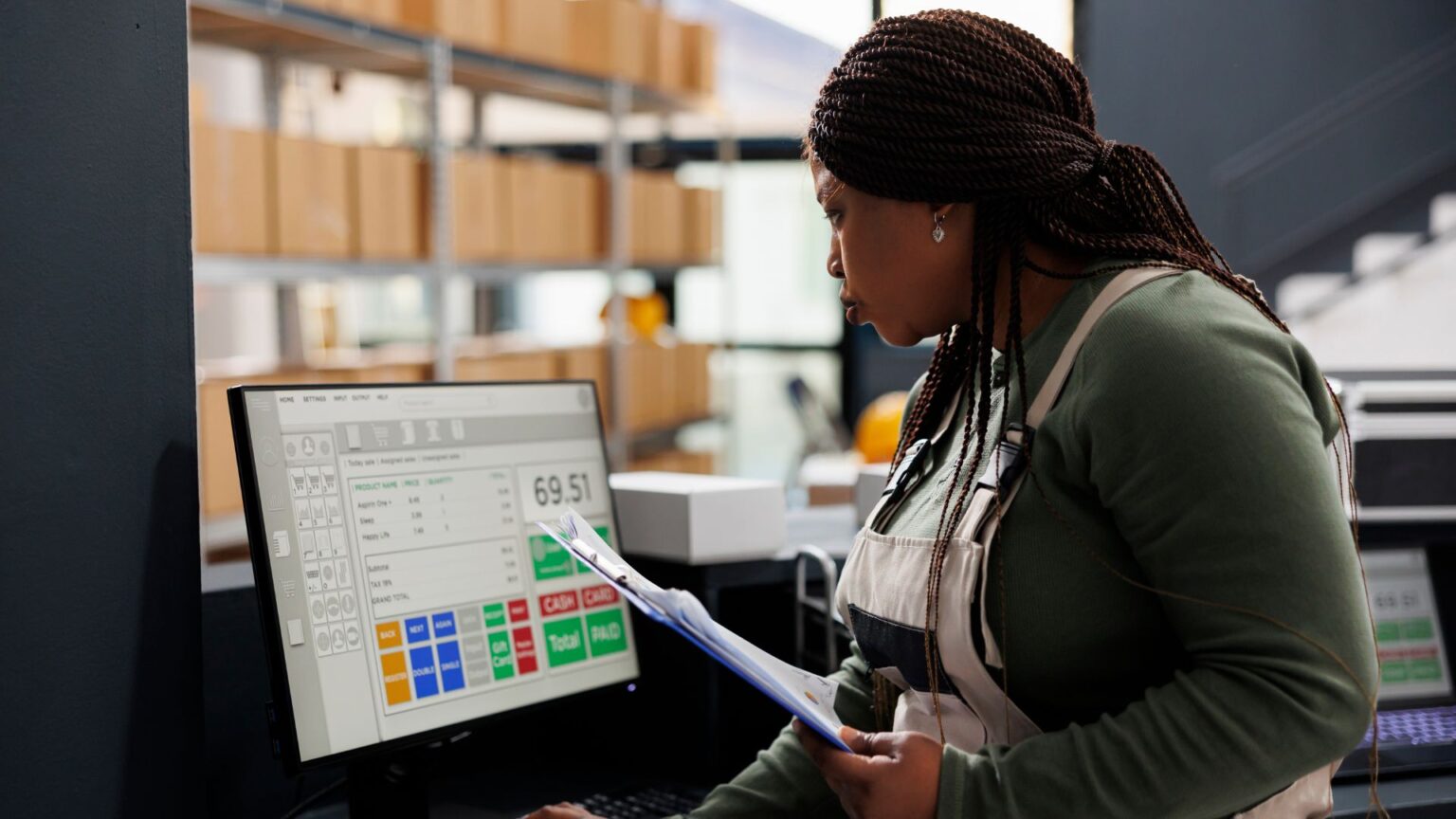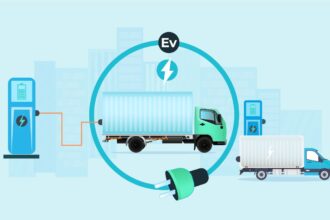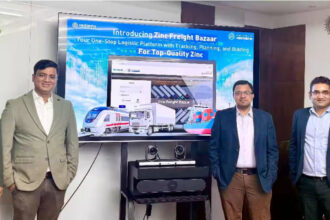The clean tech revolution has taken the world by storm, from solar panels to electric vehicles, promising a cleaner, greener future. But as demand for these innovations skyrockets, the supply chains that support them are under increasing strain. Are these growing pains just a temporary bump, or could they hinder the progress of clean energy?
The clean tech industry has made tremendous strides, but behind the scenes, supply chain are facing significant challenges. With the demand for renewable energy and sustainable technologies growing at a rapid pace, the infrastructure to support these advancements is struggling to keep up. From shortages of critical materials to logistical bottlenecks, these hurdles pose a major threat to the speed at which we can transition to a green economy.
Key Challenges Facing Clean Tech Supply Chains
One of the major issues facing clean tech supply chains is the sheer complexity of sourcing materials for products like solar panels and batteries. These technologies rely on rare earth metals and minerals such as lithium, cobalt, and nickel, which are often mined in countries with unstable political climates. The volatility of these supply chains makes it difficult for manufacturers to guarantee a steady and affordable supply of these essential components.
Another challenge is the lack of local manufacturing capacity. While many countries, particularly in the West, are ramping up efforts to produce clean tech products domestically, the infrastructure simply isn’t there yet. Building factories to produce solar panels, electric vehicle batteries, and other green technologies takes time, and most companies are ill-equipped to scale production quickly enough to meet the surging demand.
The Need for Sustainable Practices
As these issues mount, the call for more sustainable supply chain practices has never been louder. Simply ramping up production without addressing environmental and social impacts could undo the very goals clean tech seeks to achieve. For example, expanding mining operations to meet the demand for minerals could exacerbate environmental degradation and human rights violations in the countries where these resources are sourced.
To address these issues, companies must implement stricter environmental, social, and governance (ESG) standards. This means not only sourcing materials responsibly but also investing in sustainable manufacturing practices and ensuring fair labor conditions across their supply chains. Furthermore, clean tech companies must work together to develop innovative solutions that reduce their dependence on finite resources, such as investing in recycling technologies to reuse critical materials.
Onshoring and Resilience
One of the most promising solutions to these challenges is onshoring, or bringing clean tech manufacturing closer to home. The U.S. and Europe, for instance, have begun to invest heavily in building domestic supply chains to reduce reliance on countries like China for key components. By relocating manufacturing closer to home, clean tech companies can avoid some of the risks associated with global supply chains, such as geopolitical instability or rising shipping costs.
However, onshoring requires significant investment in infrastructure, and even then, it won’t be an overnight solution. It will take years to build the manufacturing capacity needed to support a growing clean tech industry. In the meantime, companies must focus on building resilience within their existing supply chains, working closely with suppliers to mitigate risks and address bottlenecks.
What’s the Future of Clean Tech?
The future of clean tech looks bright, but the road ahead will be filled with obstacles. As the demand for green technologies continues to soar, the supply chains that power them must evolve to keep up. With the right investments in infrastructure, sustainable practices, and global cooperation, clean tech can continue to thrive despite the growing pains.
Ultimately, the clean tech industry must strike a delicate balance between scaling up quickly to meet demand and ensuring that this growth is both sustainable and responsible. Only then can we ensure that clean tech will play the role it’s destined for in building a greener, more sustainable future.
By tackling these issues head-on, the clean tech industry can overcome its supply chain struggles and remain on track for long-term success. But the real question is: will the industry’s leaders act swiftly enough to meet these challenges, or will they risk stalling the momentum of the green revolution?







